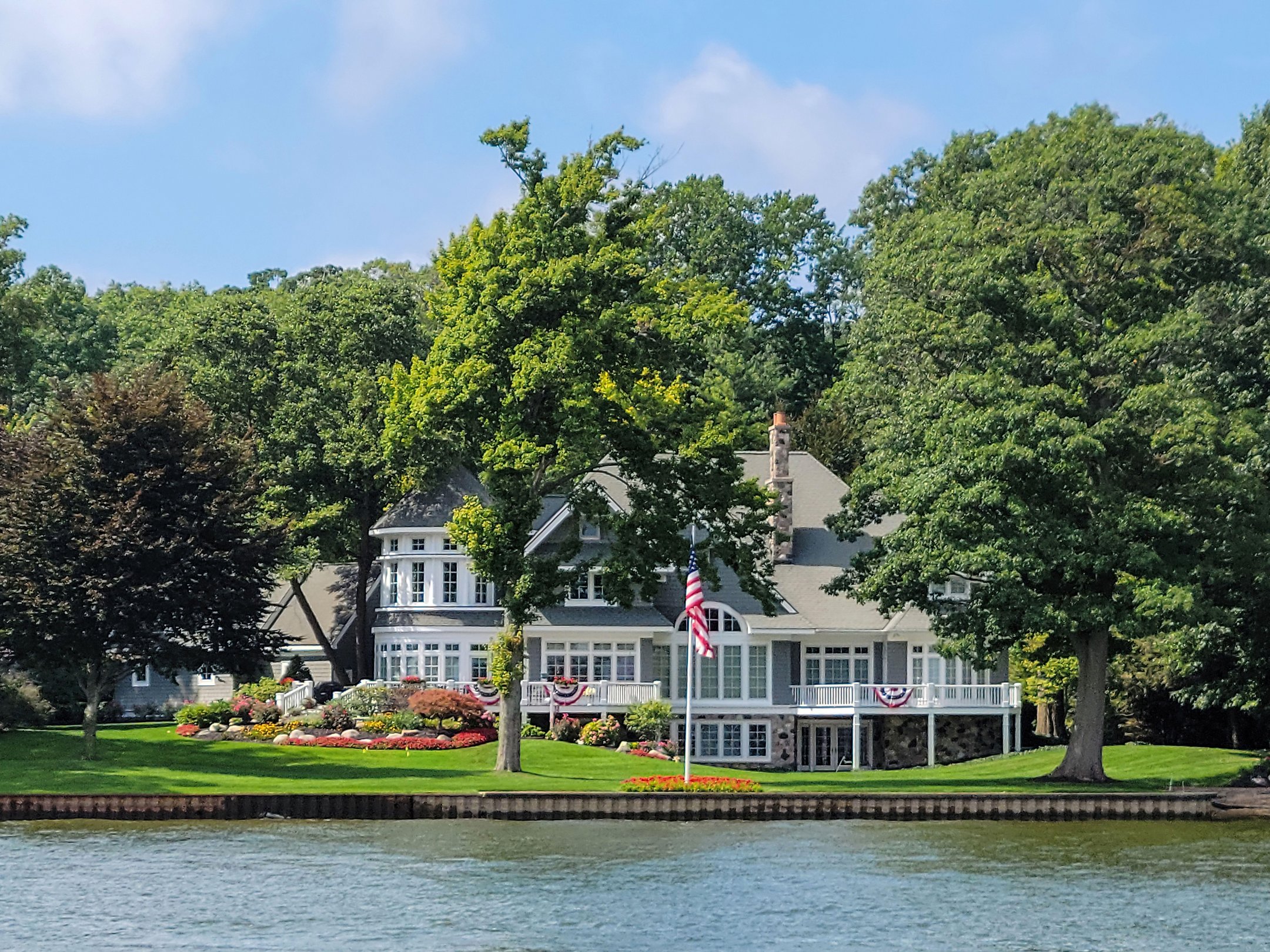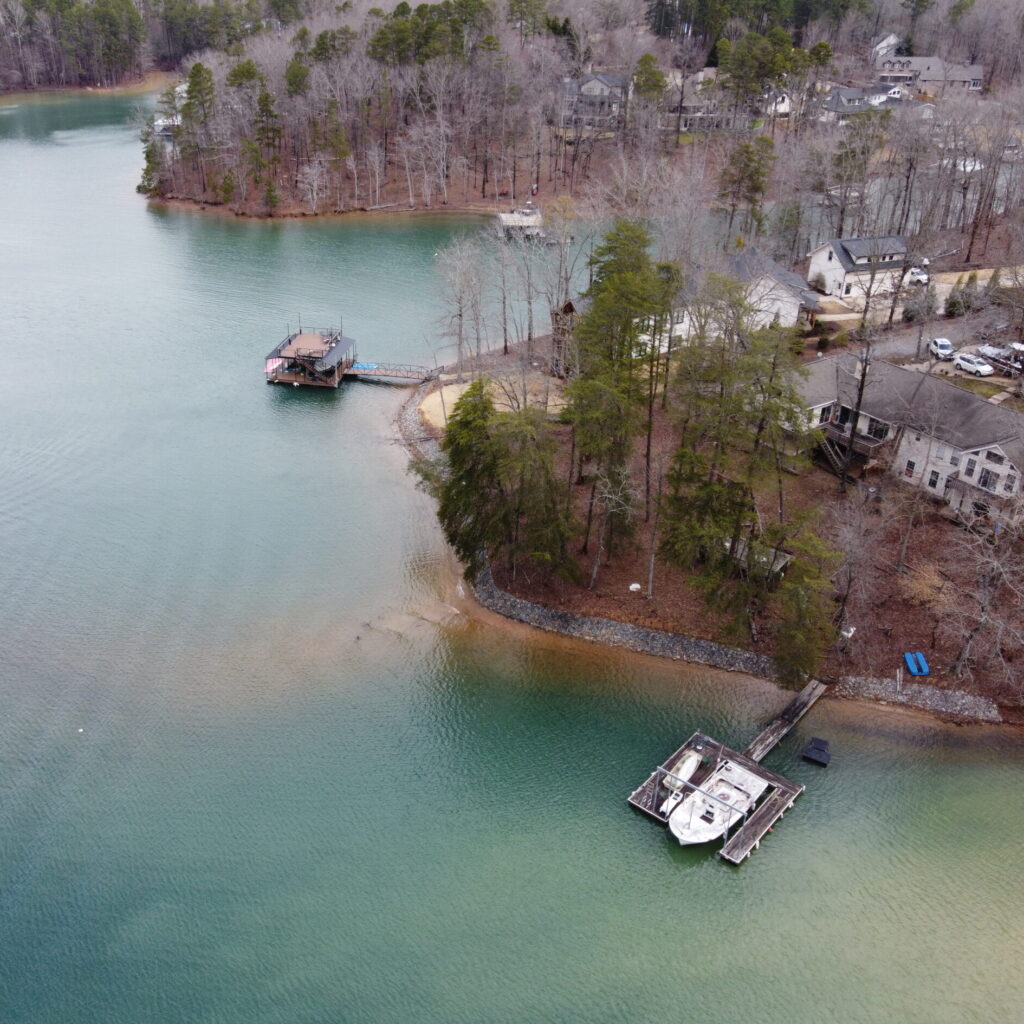Dock and Seawall Permitting

By their nature being at the intersection of land and water, docks and seawalls are often complicated and challenging projects. Design and construction is challenging, but even before that task is undertaken, proper permitting must be obtained. Docks and seawalls can involve applying for and receiving a Georgia buffer variance, a federal Clean Water Act Section 404 permit, and a permit from the managing authority for the specific body of water.
Docks and seawalls, situated at the crucial interface of land and water, present a unique set of challenges that extend beyond design and construction complexities. These structures are subject to a rigorous permitting process due to their potential impact on aquatic ecosystems, shoreline stability, and water quality.
Frequently Asked Questions
If you have additional questions reach out and a team member will get in touch with you.
To construct a dock or seawall, you typically need to obtain a Georgia buffer variance, a federal Clean Water Act Section 404 permit, and a permit from the local authority managing the body of water. The specific permits required can vary based on the project’s location and scope.
In Georgia, any construction involving land disturbing activity in the state-mandated buffer zones adjacent to state waters requires a Georgia buffer variance. Some local jurisdictions have additional buffer requirements that extend beyond the state-mandated buffer zone. This is to ensure that any environmental impact on these sensitive areas is minimized and properly managed. However, there are some exceptions. Docks and seawalls on Lake Oconee and Lake Sinclair are exempted. Also, depending on the specific design and nature of the project, the minor land disturbance exemption could apply.
Due to their location, docks and seawalls may also involve wetlands. Please see our Wetlands Services page for more information.
The time frame for obtaining permits can vary widely depending on the complexity of the project, the specific body of water, and the workload of the permitting agencies. It’s advisable to start the permitting process well in advance of your planned construction date.
Not necessarily. The feasibility of building a dock or seawall depends on various factors, including environmental impact, local zoning laws, and the regulations of the managing authority for the water body.
Building without the required permits can result in legal action, including fines and orders to remove the structure or restore the affected area. It’s crucial to obtain all necessary permits before beginning construction.
Working with experienced environmental consultants, engineers, and legal experts can help ensure your project complies with all relevant local, state, and federal regulations. Give us a call to discuss your project today!



